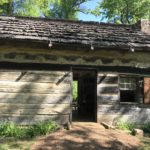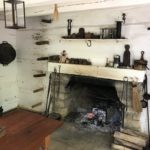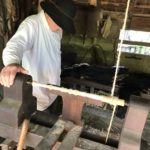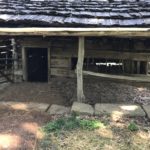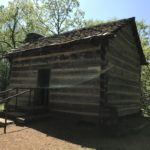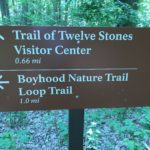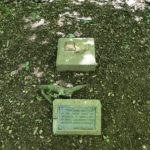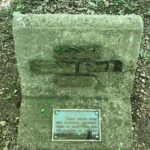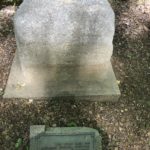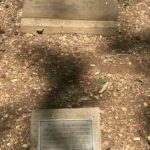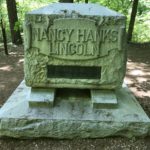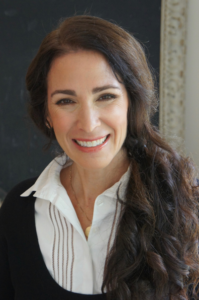 Change is hard, but there are times when change is necessary. This is one of those times. Following words from Abraham Lincoln, that is how I began my endorsement of Allison Gustavson. Now I am asking my family, friends, and everyone else in the Fourth Essex District to vote for Allison Gustavson for Massachusetts State Representative.
Change is hard, but there are times when change is necessary. This is one of those times. Following words from Abraham Lincoln, that is how I began my endorsement of Allison Gustavson. Now I am asking my family, friends, and everyone else in the Fourth Essex District to vote for Allison Gustavson for Massachusetts State Representative.
Allison brings a much needed new voice and energy to the district. She is motivated by a strong desire to represent all citizens in the district, not just those of the party. She is driven by her love for all of the towns in the district, not just the one. Ipswich, Hamilton, Manchester, Rowley, Topsfield, and Wenham will all benefit with Allison as their representative.
Yes, change is hard. Many of you have voted for the incumbent Brad Hill every election for the last 20 years. We all have fond memories of Brad’s father, uncle, and the family name. But it’s time to move beyond that family name and get a representative who speaks for all of us.
The recent League of Women Voters Candidate Forum provided ample evidence of the need for change. Whereas Brad Hill prevaricated or offered up boilerplate policies that have failed citizens repeatedly in the past, Allison Gustavson demonstrated that she will take steps to preserve the rights of all citizens in the Fourth Essex district, both now and the future. Allison will protect 2nd amendment rights while keeping our children safe from gun violence. Allison will support economic growth while addressing the real issue of climate change. Allison will ensure the rights of all citizens, not promote bigotry and anti-women policies. Whereas Brad’s incumbent position was gained by adherence to party dogma, Allison is driven by positive movement, service to all the public, and a willingness to listen to people’s views no matter what party.
Allison Gustavson is by far the best choice for all the citizens in all the towns of the Fourth Essex District. So I’m asking you to vote for her.
I’m asking my family and friends who live in Ipswich, Hamilton, Manchester, Rowley, Topsfield, and Wenham to vote for Allison Gustavson on Tuesday, November 6, 2019. Please also ask your friends and neighbors to vote for her. The future of the community depends on making Allison your next state representative.
Thank you.
[This will be the final “political” post on my website as I’ll return to my normal topics of Abraham Lincoln, Science Travel, Nikola Tesla, and Thomas Edison. But as Lincoln said, we must “be active, when action is needed.” I believe action is needed.]
David J. Kent is an avid science traveler and the author of Lincoln: The Man Who Saved America, in Barnes and Noble stores now. His previous books include Tesla: The Wizard of Electricity and Edison: The Inventor of the Modern World and two e-books: Nikola Tesla: Renewable Energy Ahead of Its Time and Abraham Lincoln and Nikola Tesla: Connected by Fate.
Check out my Goodreads author page. While you’re at it, “Like” my Facebook author page for more updates!



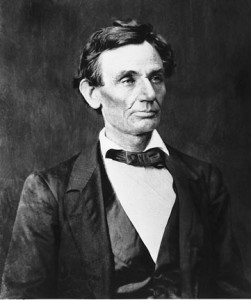 Abraham Lincoln was the Whig candidate in 1846 and, as per a gentlemen’s agreement with other Whigs, served one term as a U.S. Congressman from December 1847 to March 1849.
Abraham Lincoln was the Whig candidate in 1846 and, as per a gentlemen’s agreement with other Whigs, served one term as a U.S. Congressman from December 1847 to March 1849.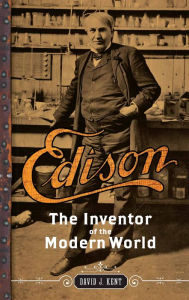 In the early morning hours of October 18, 1931, Thomas Alva Edison passed away peacefully in his Glenmont mansion in West Orange, New Jersey, not far from the laboratory where he had toiled many long days for many long years. He was 84 years old and had been inventing for seven decades. His health had been failing for months and by this time he had struggled with the cumulative effects of diabetes, Bright’s disease, stomach ulcers, and uremic poisoning, the final stages of kidney failure. His family was by his side, though he seemed only to recognize Mina, his wife of the last 42 years.
In the early morning hours of October 18, 1931, Thomas Alva Edison passed away peacefully in his Glenmont mansion in West Orange, New Jersey, not far from the laboratory where he had toiled many long days for many long years. He was 84 years old and had been inventing for seven decades. His health had been failing for months and by this time he had struggled with the cumulative effects of diabetes, Bright’s disease, stomach ulcers, and uremic poisoning, the final stages of kidney failure. His family was by his side, though he seemed only to recognize Mina, his wife of the last 42 years.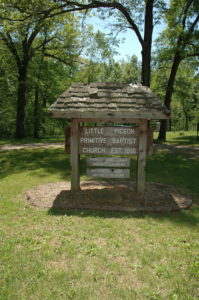 Directly across the road from the
Directly across the road from the 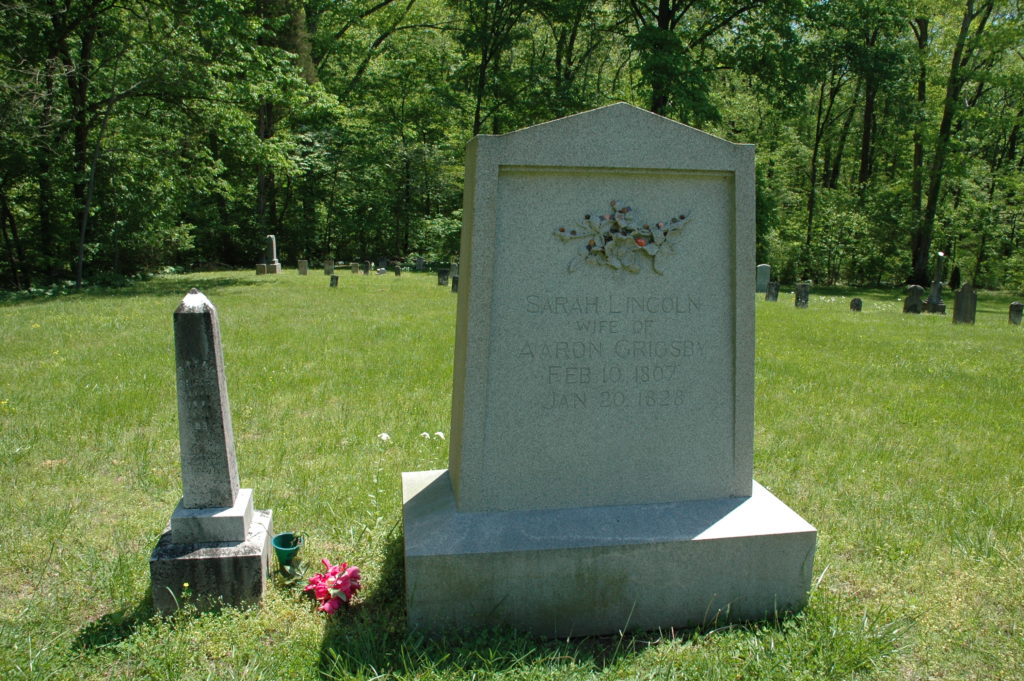

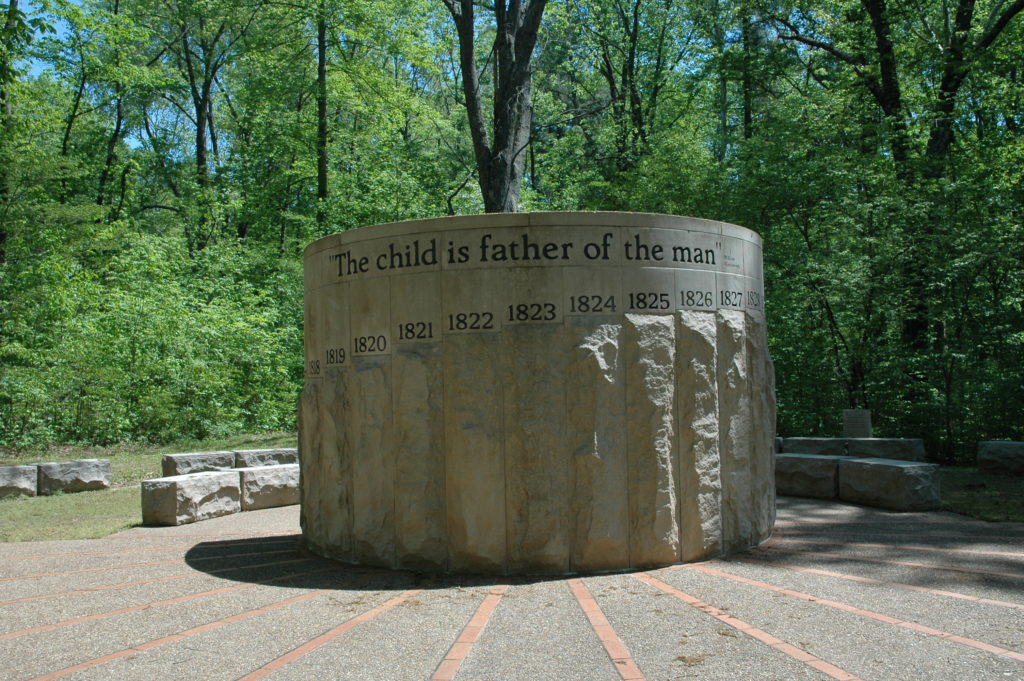
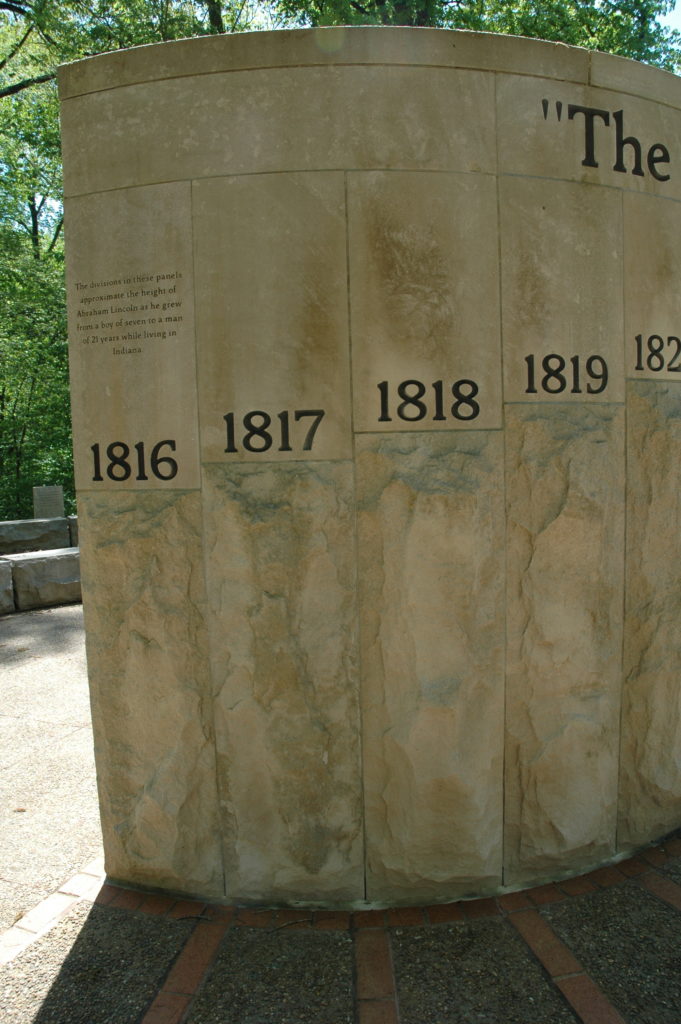
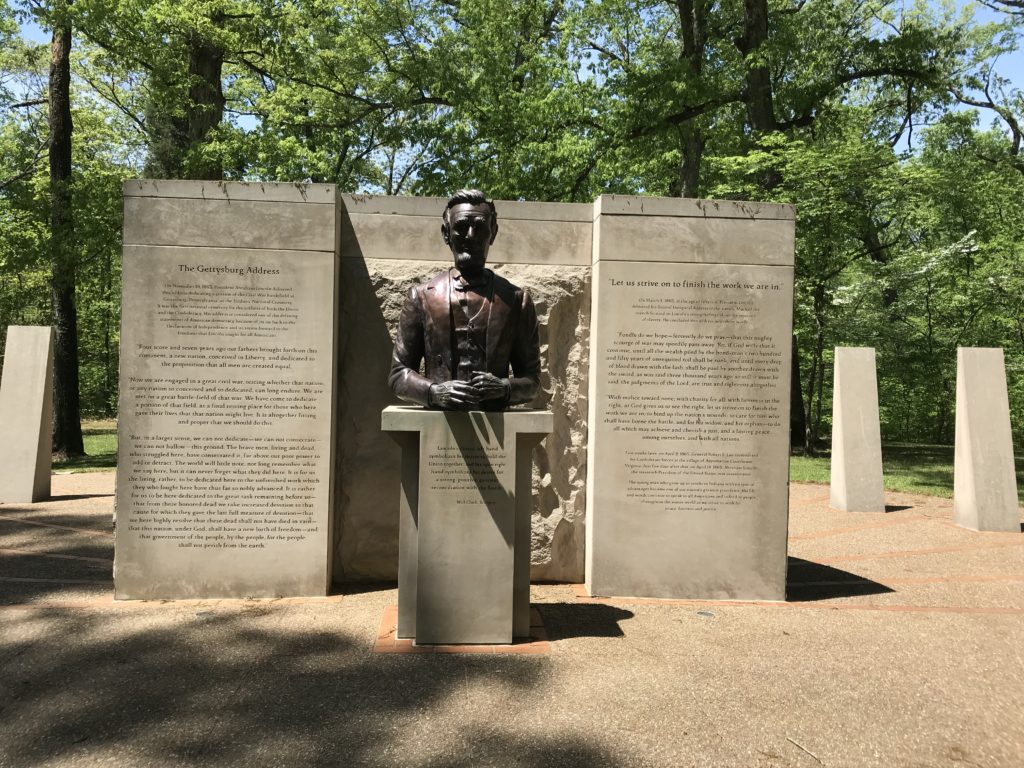
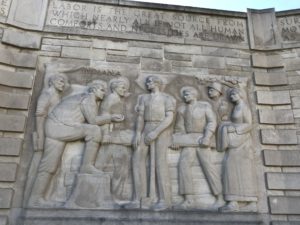 During my
During my 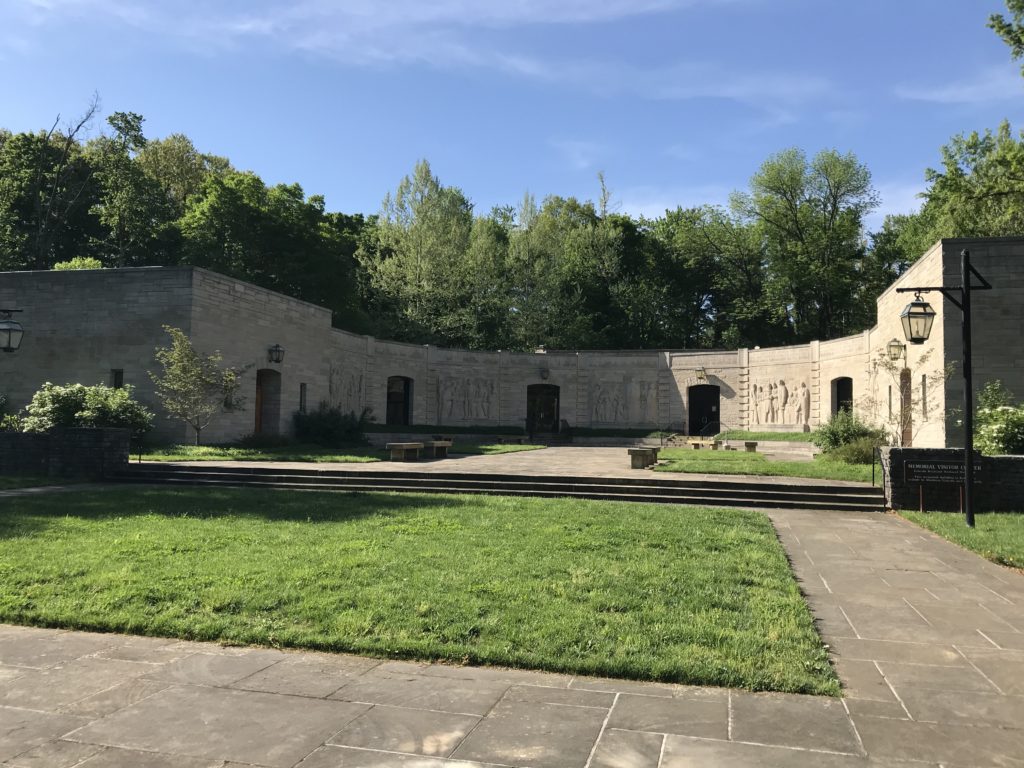 From here there is a short walk up a landscaped tree-line allee to the gravesite of Nancy Hanks Lincoln designed by Frederick Law Olmstead, Jr. Lincoln’s mother had died in 1818 of what was called “milk sickness,” later to be associated with cows eating the toxic white snakeroot plant. Her grave remained unmarked until a permanent marker was erected in 1879.
From here there is a short walk up a landscaped tree-line allee to the gravesite of Nancy Hanks Lincoln designed by Frederick Law Olmstead, Jr. Lincoln’s mother had died in 1818 of what was called “milk sickness,” later to be associated with cows eating the toxic white snakeroot plant. Her grave remained unmarked until a permanent marker was erected in 1879.

